A Personal Story – Getting into Classics, Acquiring an MGB and Learning to Live with It
An "up close and personal" version of the Petrolhead Corner... So you'll understand a bit more about one of the guys behind MONO'
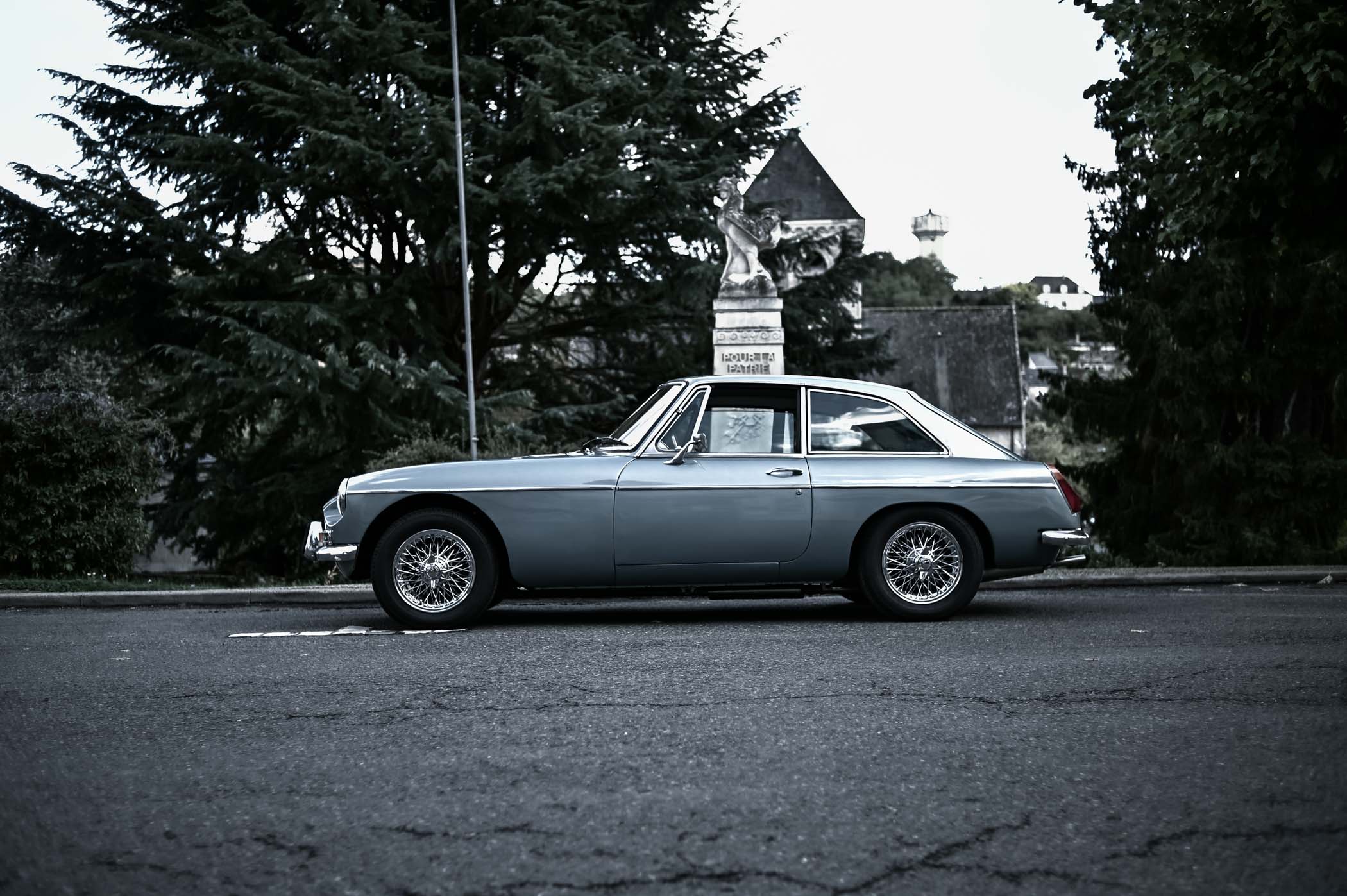
From the earliest days of this watch magazine, which was founded over 13 years ago as Frank’s personal blog, the idea was to share a passion… In this instance, a passion for watches. However, even though we deeply enjoy this passion turned into a full-time job and sharing it with our readers, I have other passions in my life – and one, in particular, that is even older than watches and that led us to start this car column every Saturday, “The Petrolhead Corner”. As you’ve guessed, I’m talking about a passion for cars and motorsports, and today I’m gonna tell you a very personal story…
Background – It’s all about passion…
I was raised by a man with an exorbitant passion for anything with an engine. As far as I can remember, there have always been cars, motorbikes or motorboats at home – sometimes all at once, sometimes not, but these machines were part of my home scenery. My father, an entrepreneur working 15 hours a day, six days a week, always felt the need to have these not-so-reasonable toys at home, in order to empty his head and release the pressure… I remember him telling me that his weekend cars should be reimbursed by healthcare, as they were a true therapy for him.
I didn’t see my father much when I was a kid, as he was almost constantly on the road, working days and nights, except on Saturdays… That was our day and as you can imagine, it involved sharing his passion for engines. As time flew by, the cars became bigger and faster, but always chosen with passion, and not to please his ego. This is something he shared and that grew on me, from my youngest days.
Being a child of the 1980s, you can imagine what was hanging on the walls of my bedroom… Think Countach, Testarossa, F40, 959 and the likes – and a few Top Gun-inspired posters too, but then again, it was the 1980s. And since then, this passion for fast cars, motorsports and engines just accelerated. And in a way, it also set the tone for my horological passion, since engines and mechanical parts in motion are involved.
Why a classic car
As sociology will teach you, people are greatly influenced by their parents and the way they’ve been raised and educated. As you grow up, you either emulate some behaviours or, in some cases, entirely disown this past and choose to become the exact opposite. In my case, what my father transmitted stuck.
As a young adult, I obviously wasn’t able to afford a “weekend car” but now that I’m getting older, I thought it was about time to fulfil this passion. But what to choose? What type of car do I see myself in? What budget can I raise and what can I get for this budget?
When it comes to cars that you will only use on weekends, vacations and sunny days, there are multiple options but few that actually inspired me. It could have been a used Porsche Boxster or a BMW Z4… But having a reasonable budget, that meant used cars – in the bad sense of this word. Plus, the image of these was not particularly in line with what I wanted. And since I live in France, where the speed regulations are pretty strict, fast cars are not only quite pointless but mostly frustrating. I’ve often had the chance to experience some of the finest modern sports cars, and my recent journey in a 991 GTS certainly was pleasant, but I quickly saw the danger for my driving licence…
But I had something else in mind. Something that could fulfil the need for mechanical sensations, the feeling of speed without the actual speed, the music of an engine, the smell of oil and gasoline, the elegance of a beautifully designed car without projecting a show-offy image… This was it: A CLASSIC CAR.
Oddly enough, classic cars have never been part of my family’s tradition. It’s not something I was used to driving or seeing often. To add to that, I’m no good at mechanics and would probably hurt myself trying to fix something on a car. Admittedly, the prerequisites of owning a classic car were not present. But let’s face it: classic cars have an incredible appeal, a unique charm and this feeling of owning something with a soul. The decision was made. A classic it would be. And this ends the easy part of the choice…
When rationality meets passion – Choosing the right one
Once the idea of acquiring a classic car was made, then came the time to choose the right car – by this I mean the right model, I’m not even close to choosing the car itself… When it comes to classic cars, choices are almost infinite. First, the era. Pre-war? Not for me, too risky, too complex to maintain. 1950s? Of course, but most of these cars are now highly valuable and beyond my budget. 1960s? I’ll come back to this later, but this decade is, to me at least, the golden age of classic sports cars. 1970s and later? Not for me.
So it had to be a car conceived during the 1960s, simply because sports cars were all the rage back then. These cars are still powerful enough today to keep up with modern traffic, they were equipped with decent brakes and, at the same time, not yet ruined by emission regulation devices – which, we all know, was a drama back in the early 1970s. So what to choose? Italian and British cars were at the top of my list, and both countries produced some of the finest cars to date, but also some fun, relatively affordable roadsters and coupe…
And soon after a dear friend, one we all know, a girl named “rationality” – the worst enemy of another friend of ours named “passion” – popped in. This girl named passion is full of good intentions and is desirable (she’s definitely hotter than rationality), but she also tends to give you bad dreams. Choices driven only by passion’s advice can easily become problematic. Being my first weekend car and my first classic car, I told myself that I should talk with rationality too.
And here come notions such as budget, reliability, maintenance, storage… You hate to think about these matters but in fact, when you enter the classic car business, it’s best to keep them in mind. Having decided on a budget, I started to look for a 1960s car, known to be reliable and easy to maintain/restore, with most of the parts being available – bear with me, this is more than important when moving to classic cars – and with enough appeal to make me want to take the keys out of the box and just drive for no other reason than pleasure. And this narrowed down my wishlist to only a handful of cars: Alfa Romeo GTV, Triumph Spitfire and TR4, MGA and MGB…
As the Alfa Romeo has become quite collectable, I had to let it go – which doesn’t mean that it might come back sooner or later. Second, I’m not particularly enthusiastic about roadsters and convertible cars, so the Spitfire and the TR4 fell to second place on the list – without mentioning that a nice TR4 was also slightly over my budget. So this resulted in three letters: M-G-B.
The MGB should sound familiar to many car enthusiasts. Indeed, with over 500,000 examples produced between 1963 and 1980, it was and still is one of the most available sports cars ever manufactured. Its construction is relatively simple, a good point for reliability, it was modernly designed back in the days – unitary structure instead of the traditional body-on-frame construction, discs for the front brakes, independent suspensions – so it can handle modern traffic, it has a simple but pleasant engine and, above all, (almost) all the parts are still available.
Best of all, besides the well-known roadster version, there’s a coupe model, with a fastback rear-end named GT, which I personally find extremely attractive – it has to be, knowing that Pininfarina designed it! So there she was, an MGB GT. And after a few months searching for the desired example, I found my own car, in good condition, with an attractive and original colour, not too much work to do. And after a 500km drive under pouring rain, she arrived home.
Living with her…
The example I chose was reimported from California – more than 80% of the production was exported there, and living in France, it was easier to go for an LHD car. The car was produced in September 1972, but as I’m not especially a fan of the funky 1970s, there was quite a lot of work to do on this orange-painted car with blue velvet interiors to restore it to its 1960s glory. Besides the obvious work done on the bodywork, with this metallic light blue colour stolen from a 1960s Jaguar catalogue, the addition of chrome wire wheels and the new interior, the rest was in almost perfect condition. A few extra bucks and hours spent on the engine, the cooling system, the brakes, the electrical system and the exhaust, and she was good to go.
It was now time to experience the mighty 1960s MGB… And to discover everything that a classic car implies too. When you’ve always been used to driving modern cars, you’re clearly not prepared to the minor troubles of a classic… Without any particular reason, it doesn’t start. And the day after, it runs like a charm. Then a slightly worn-out accelerator cable decides to remain stuck in fully-opened position while you’re driving in a packed city centre (that one gave me a few sweats, I must say). Or the brake light switch that is always on… Little things for sure, and I’m sure long-time classic owners are laughing hard reading this – and rightfully so.
But the good thing is that once you’re used to these insignificant troubles, and you’ve accepted the fact that these cars require patience and prudence, then the fun kicks in – and never ends. There’s something unique in driving these cars, in the way people stare at it, in the sound, the vibrations, the smell, the fact that it is unecessary to drive fast for you to really feel that car.
And if you want to know how I use it, well, for nothing else than pure, destinationless driving. Just the ritual of choosing the right moment, the right mood, the right weather, the right moment of the day, the right sunset but never the need to go from A to B. Just enjoying the thin wood steering-wheel, the chromed-framed analogue dials, the long bonnet, or the exhaust’s vibration just under your seat is plenty.

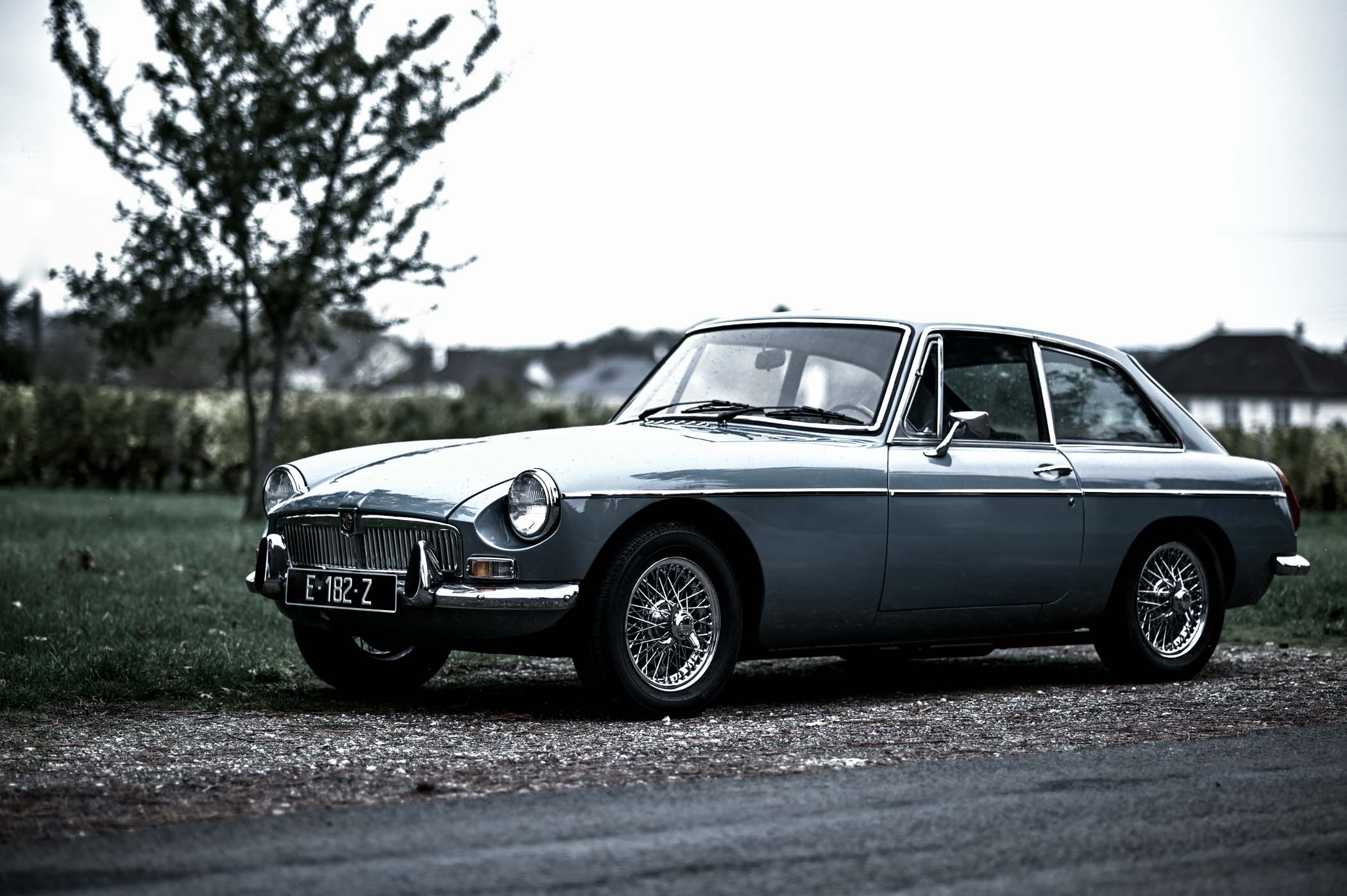
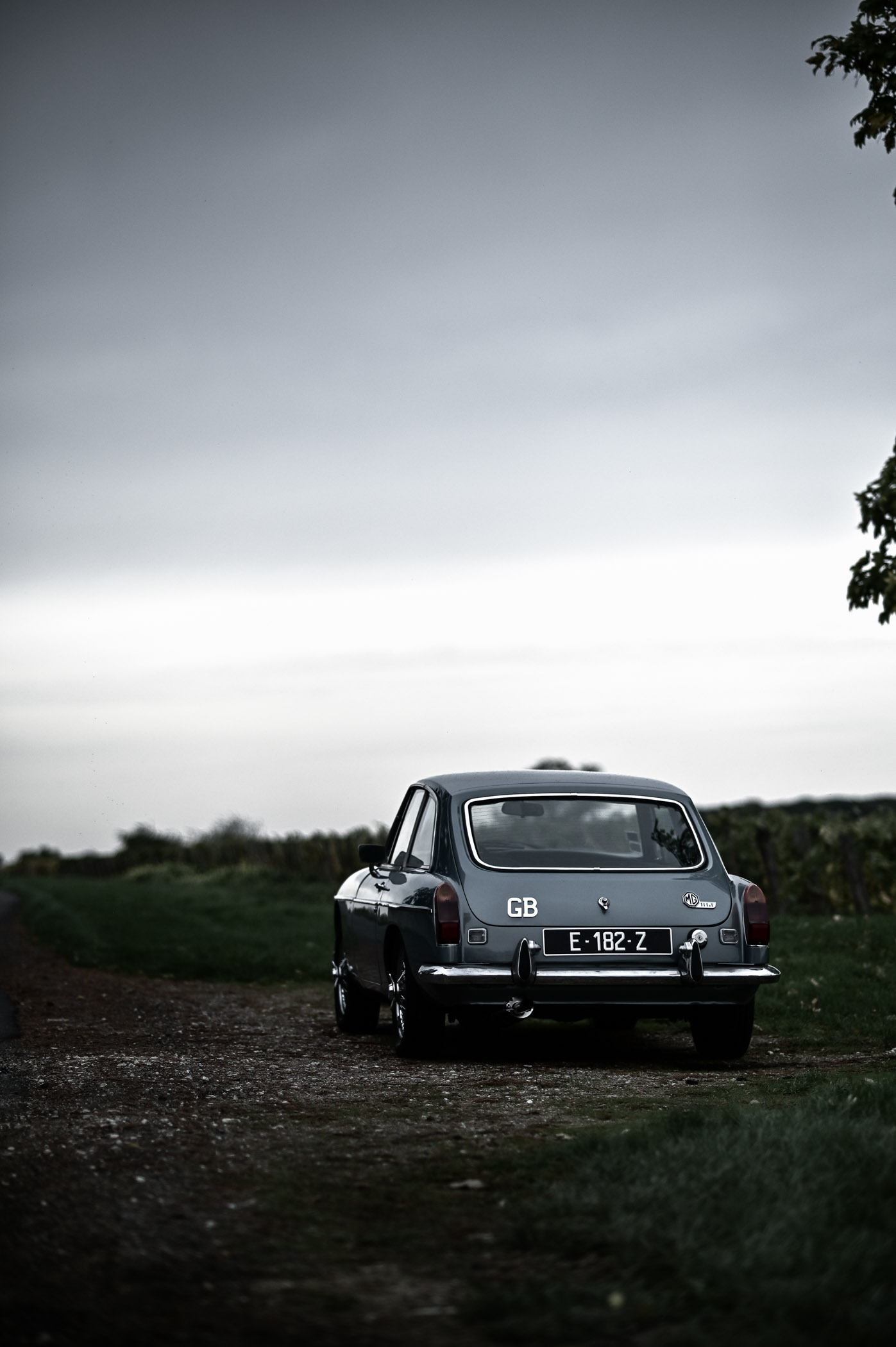
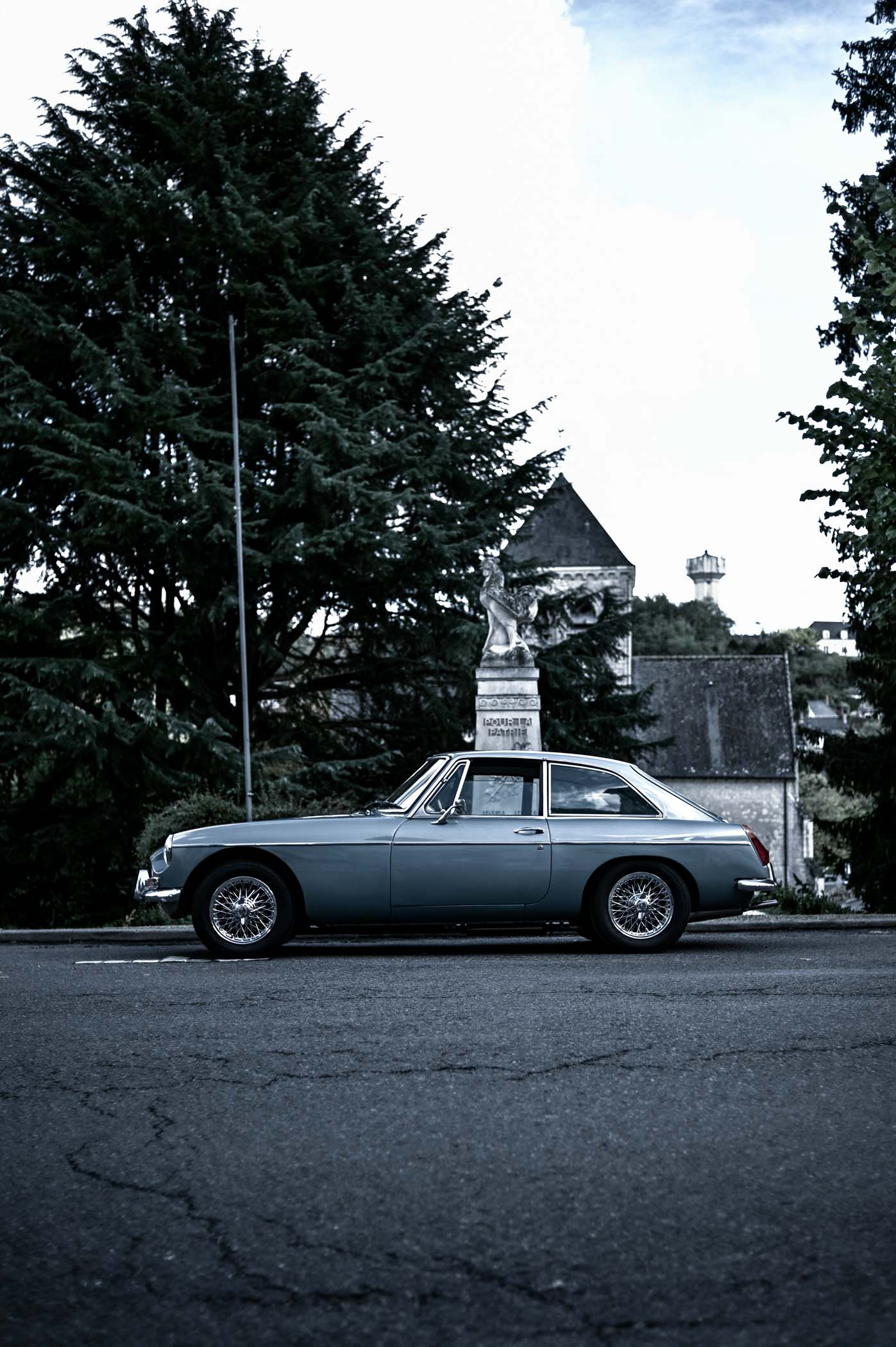
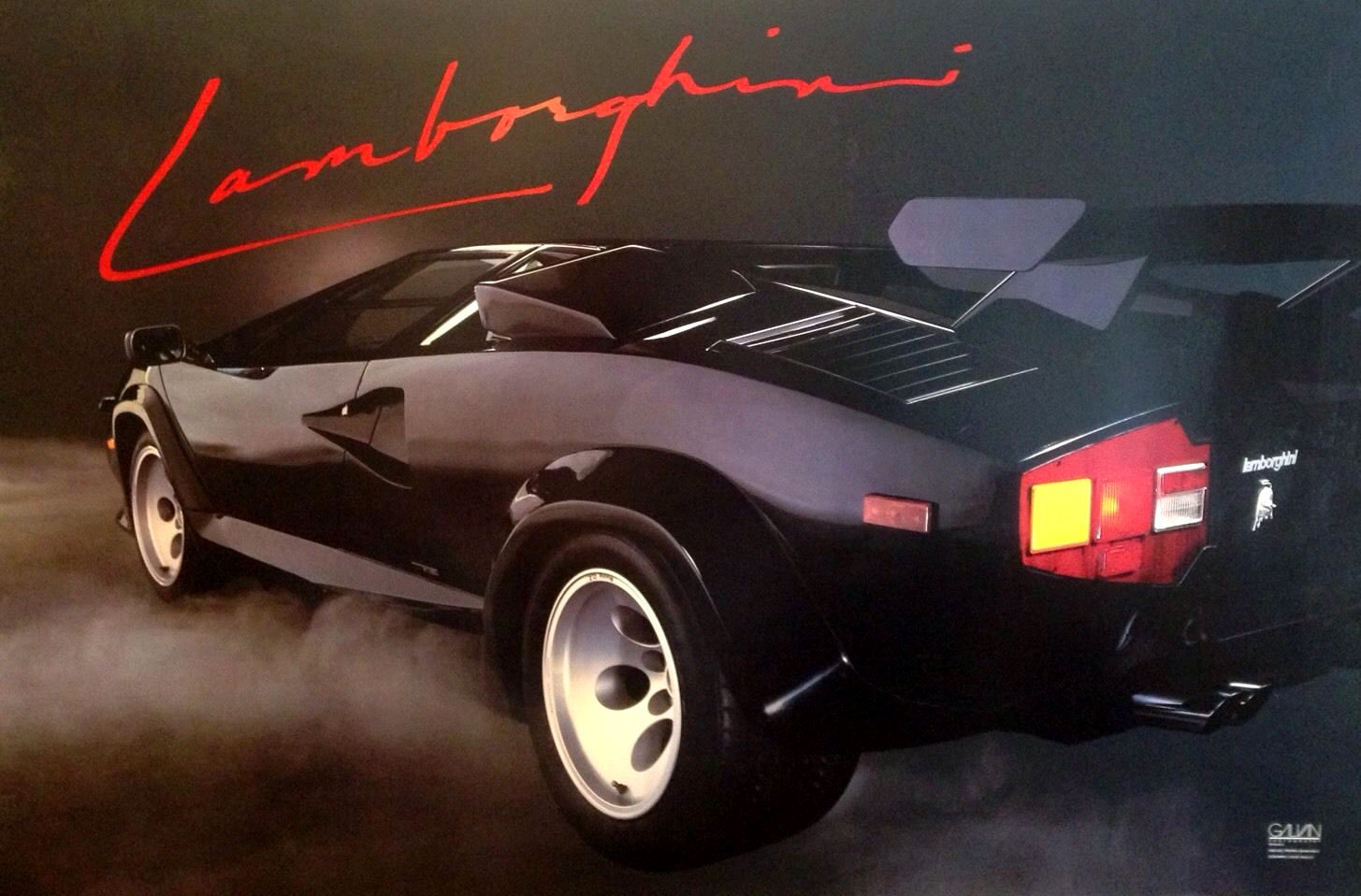
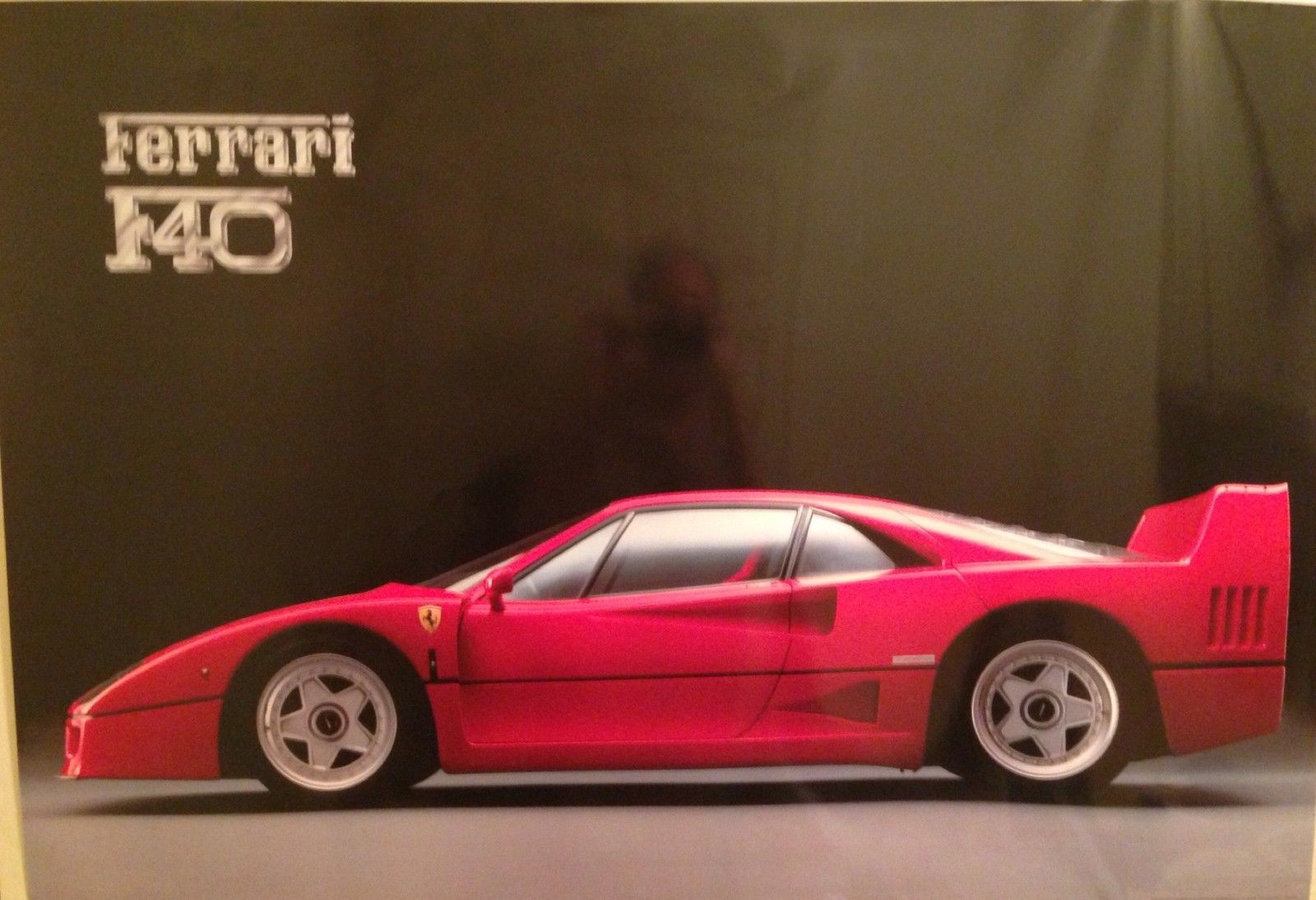

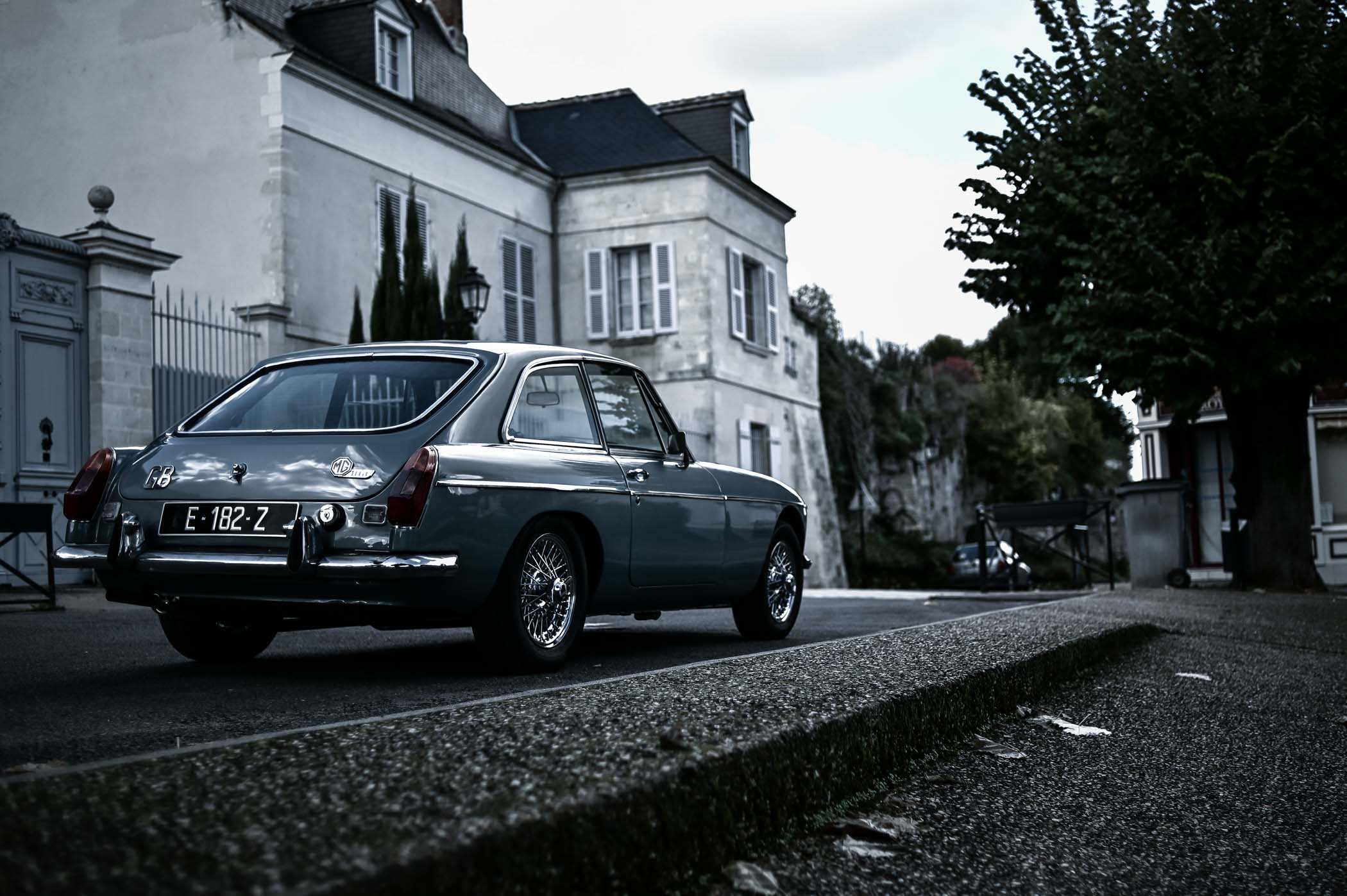
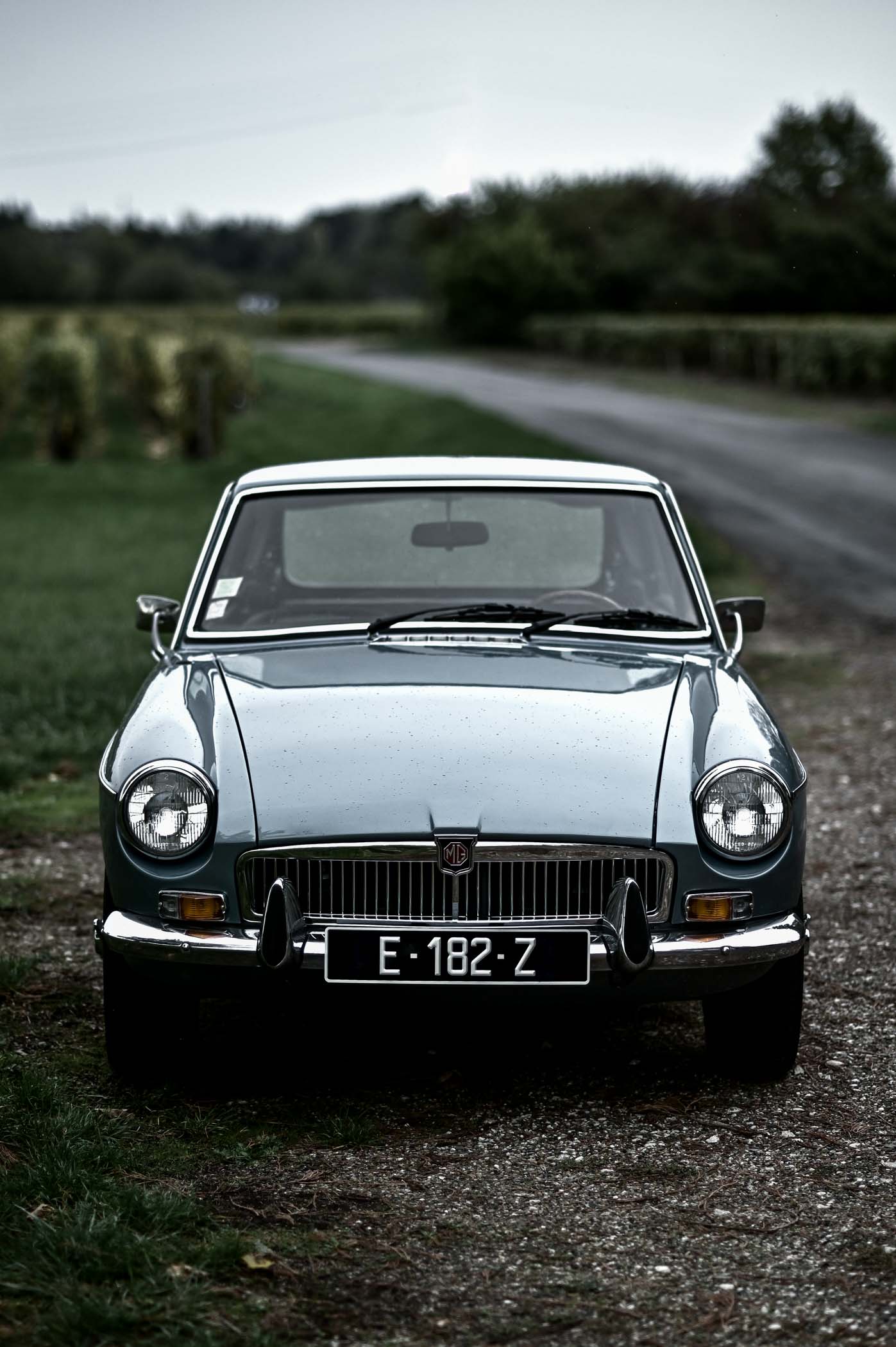

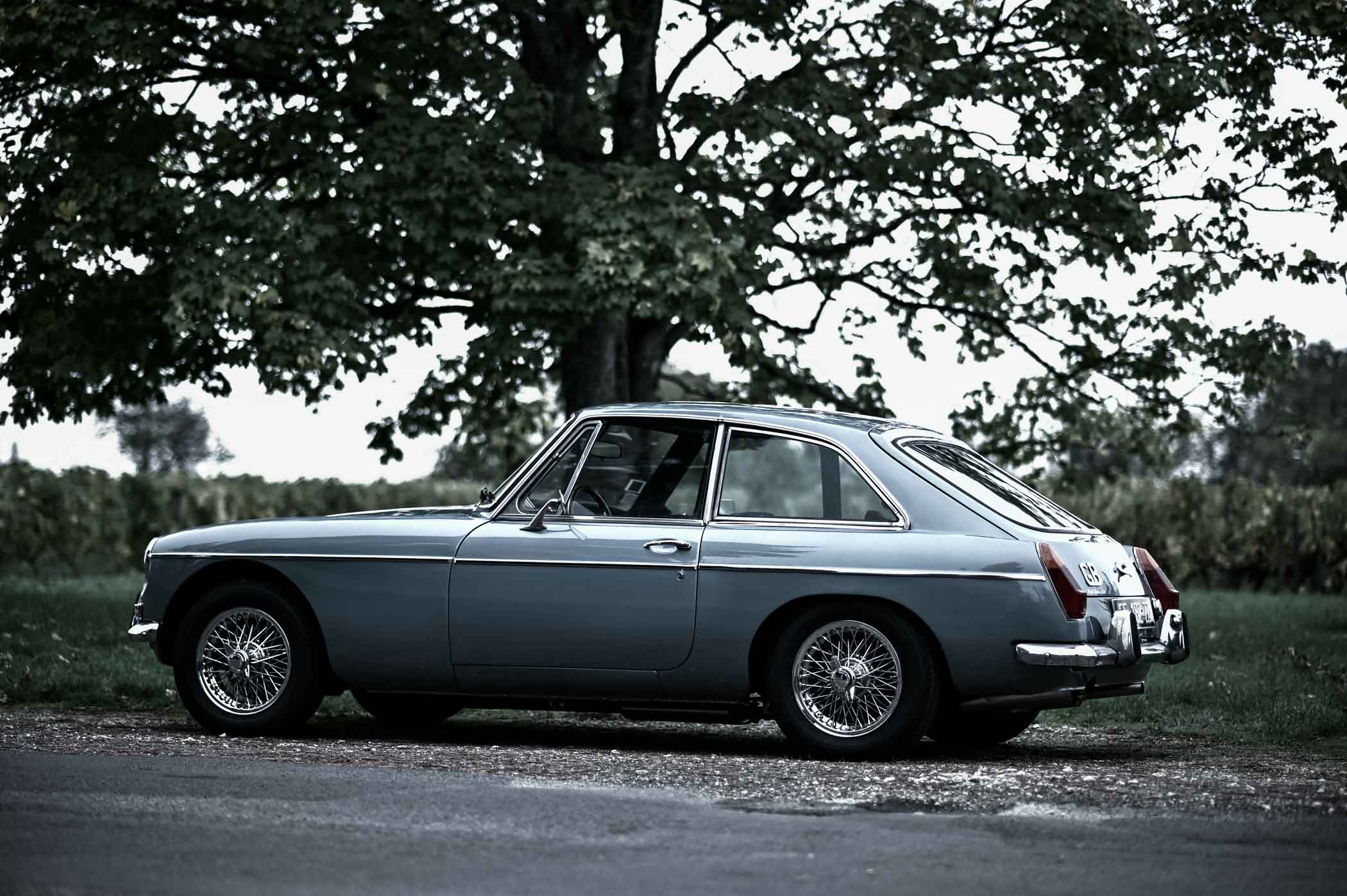
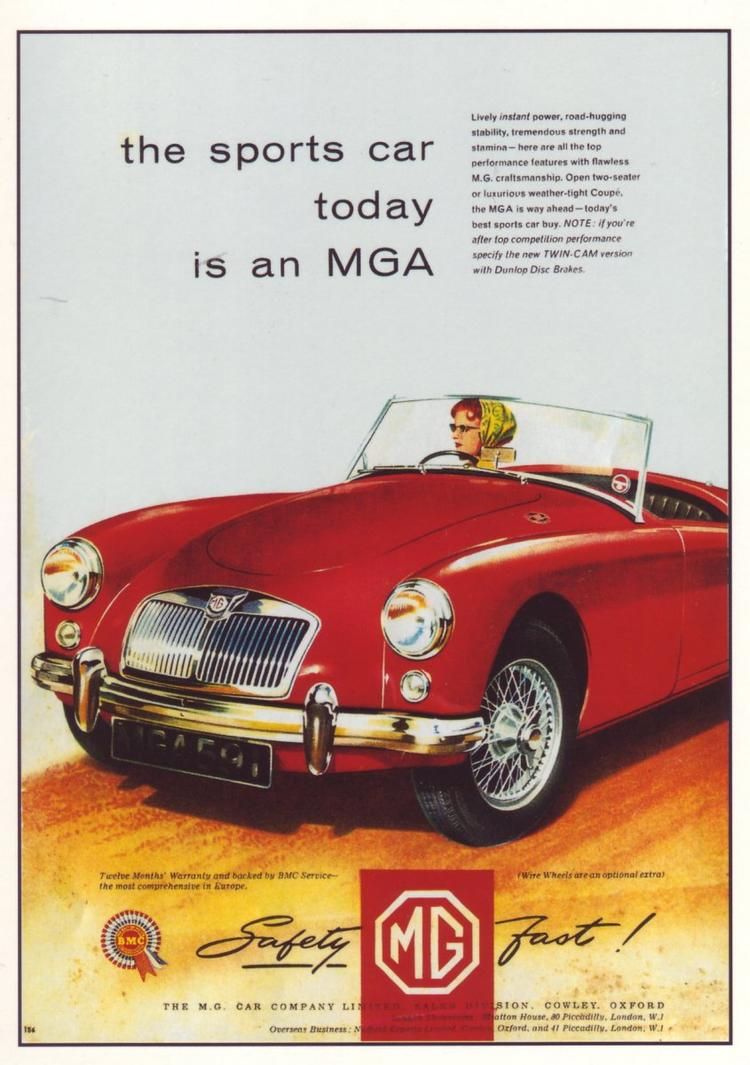
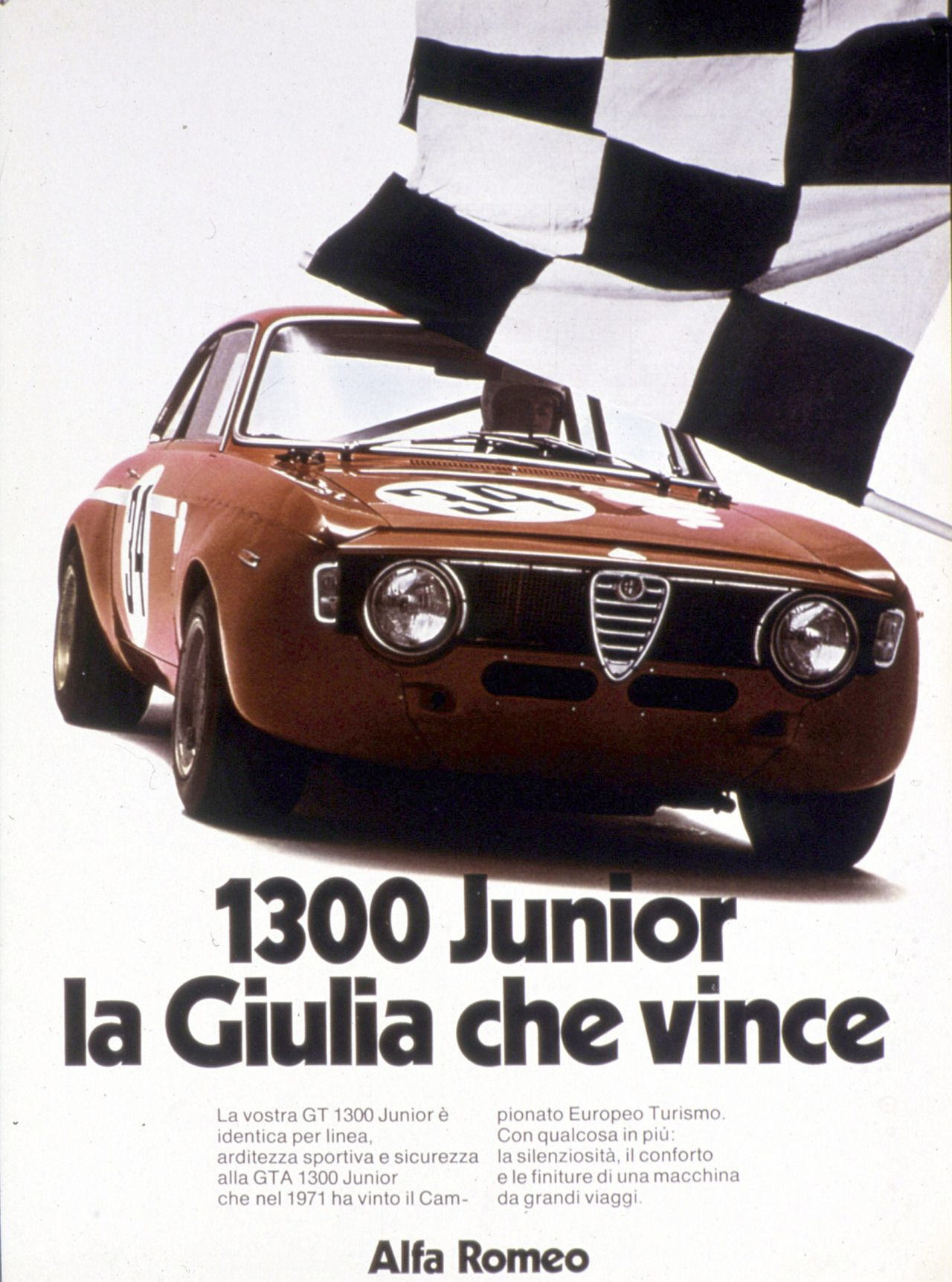
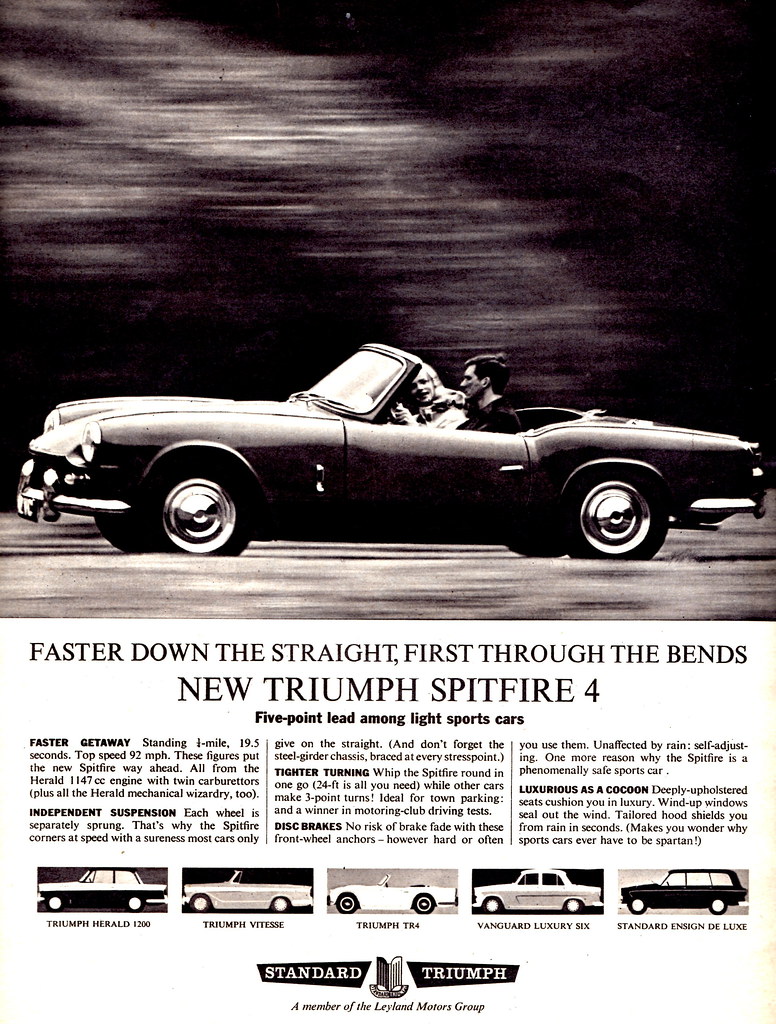
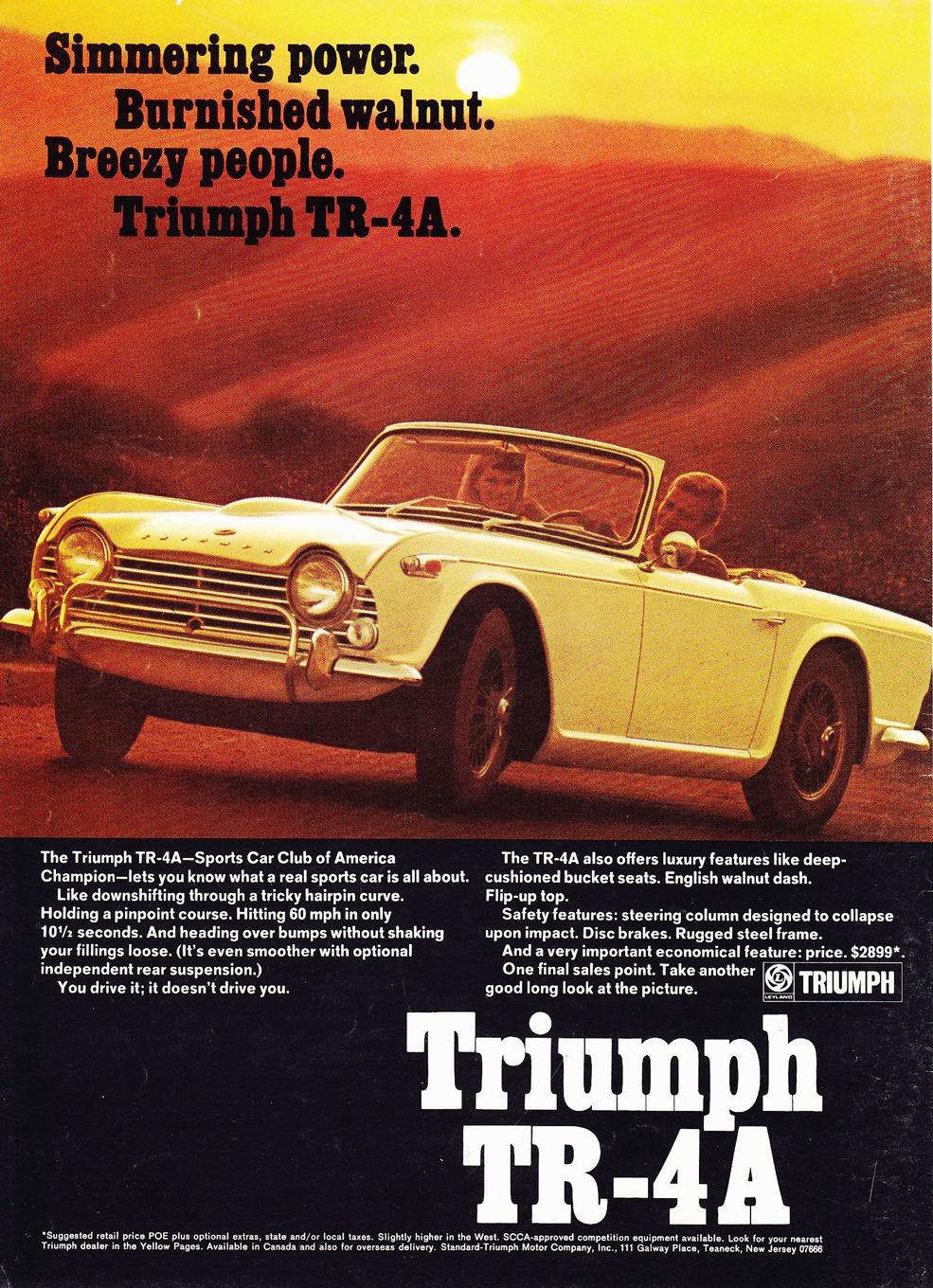
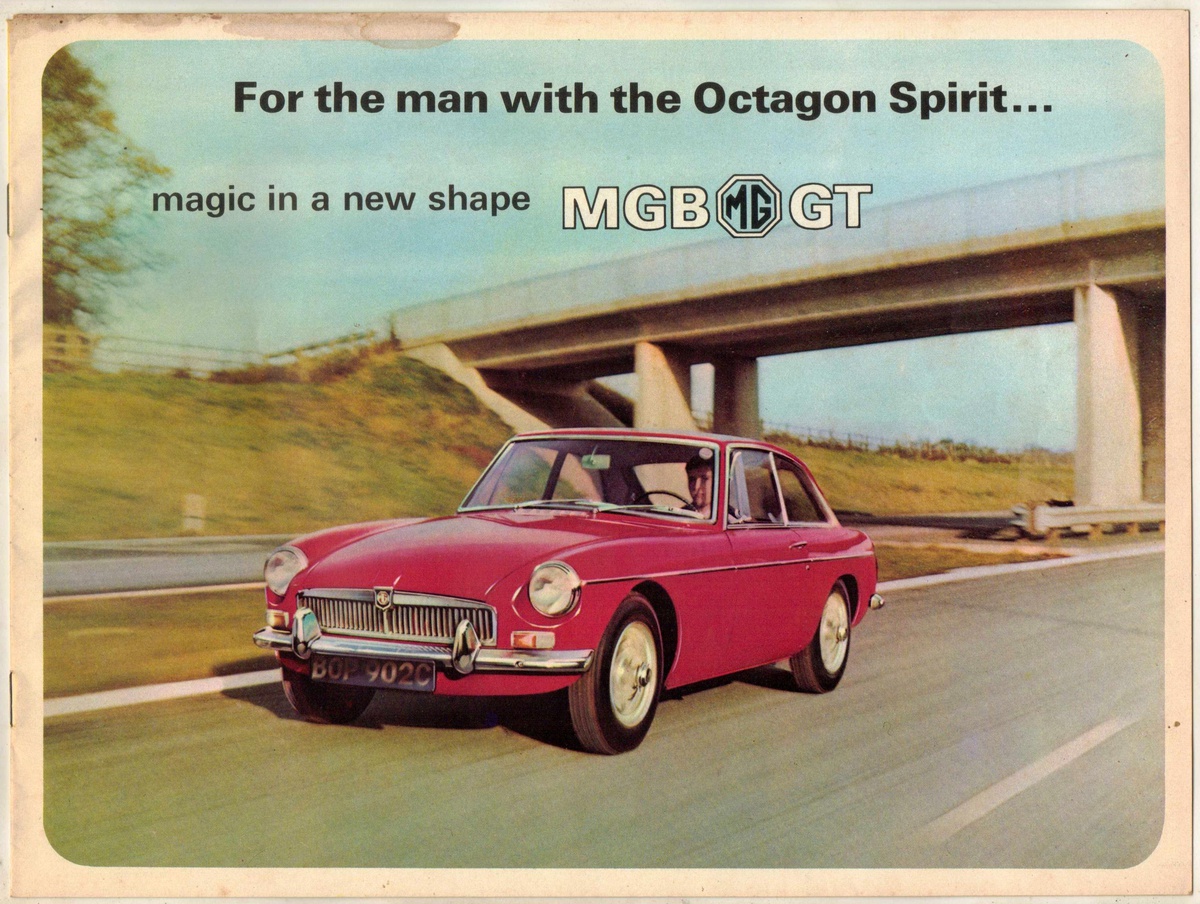
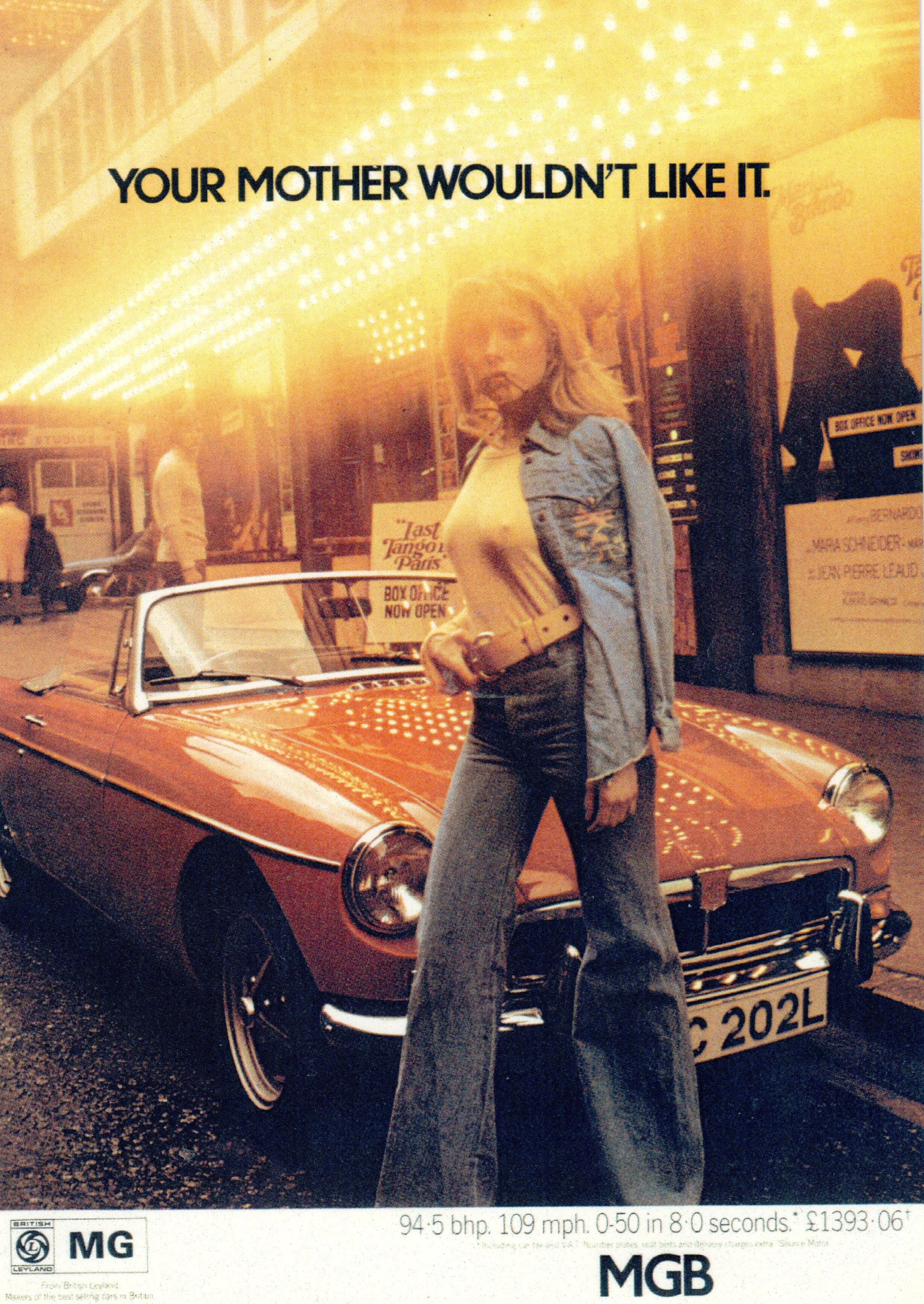
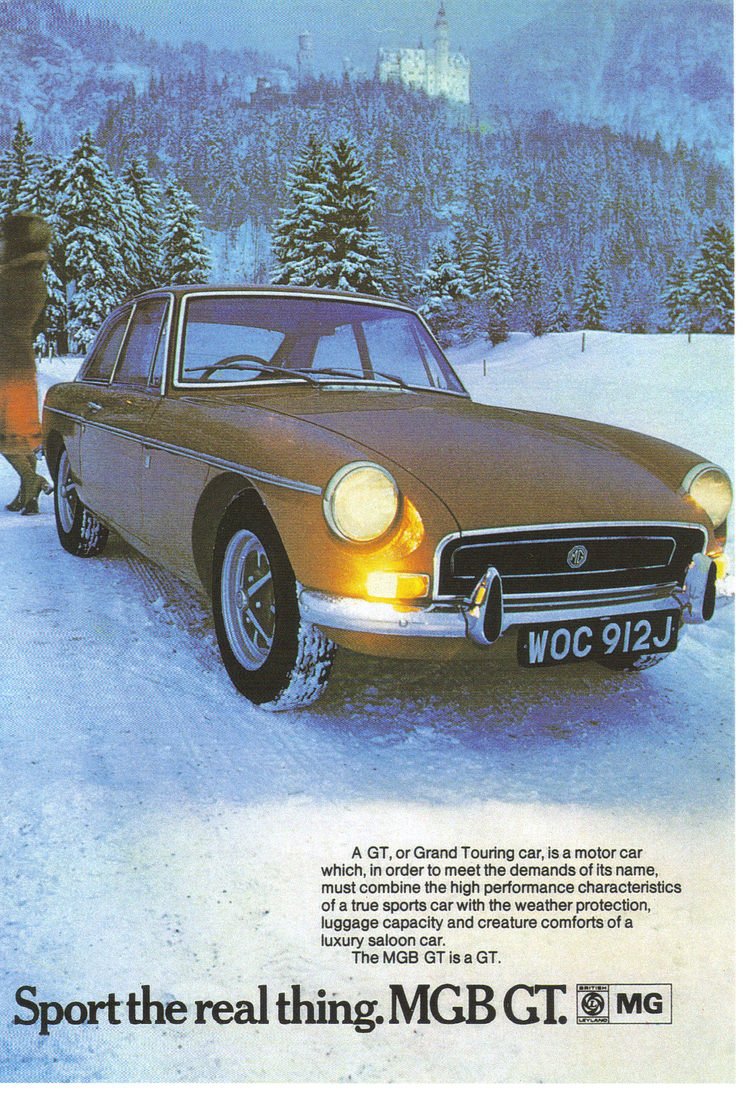

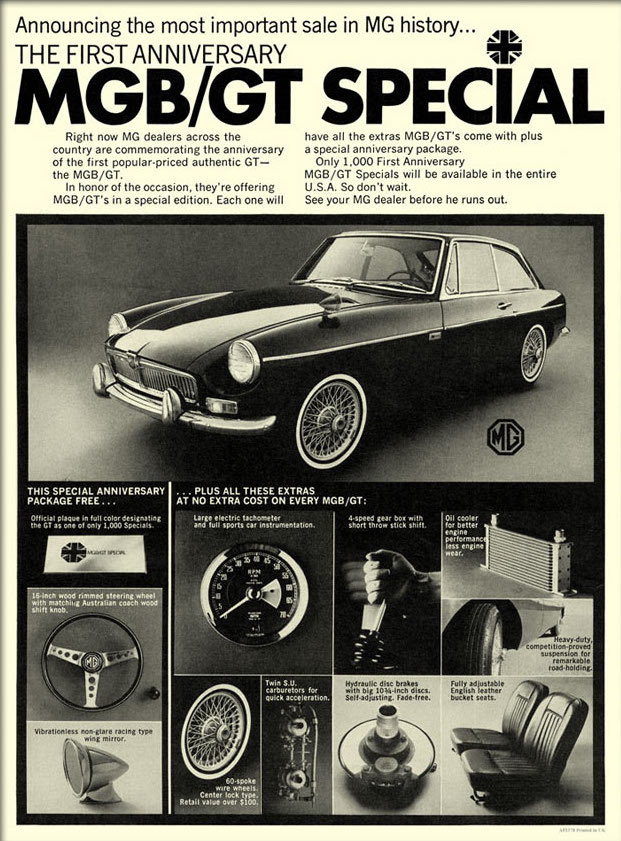


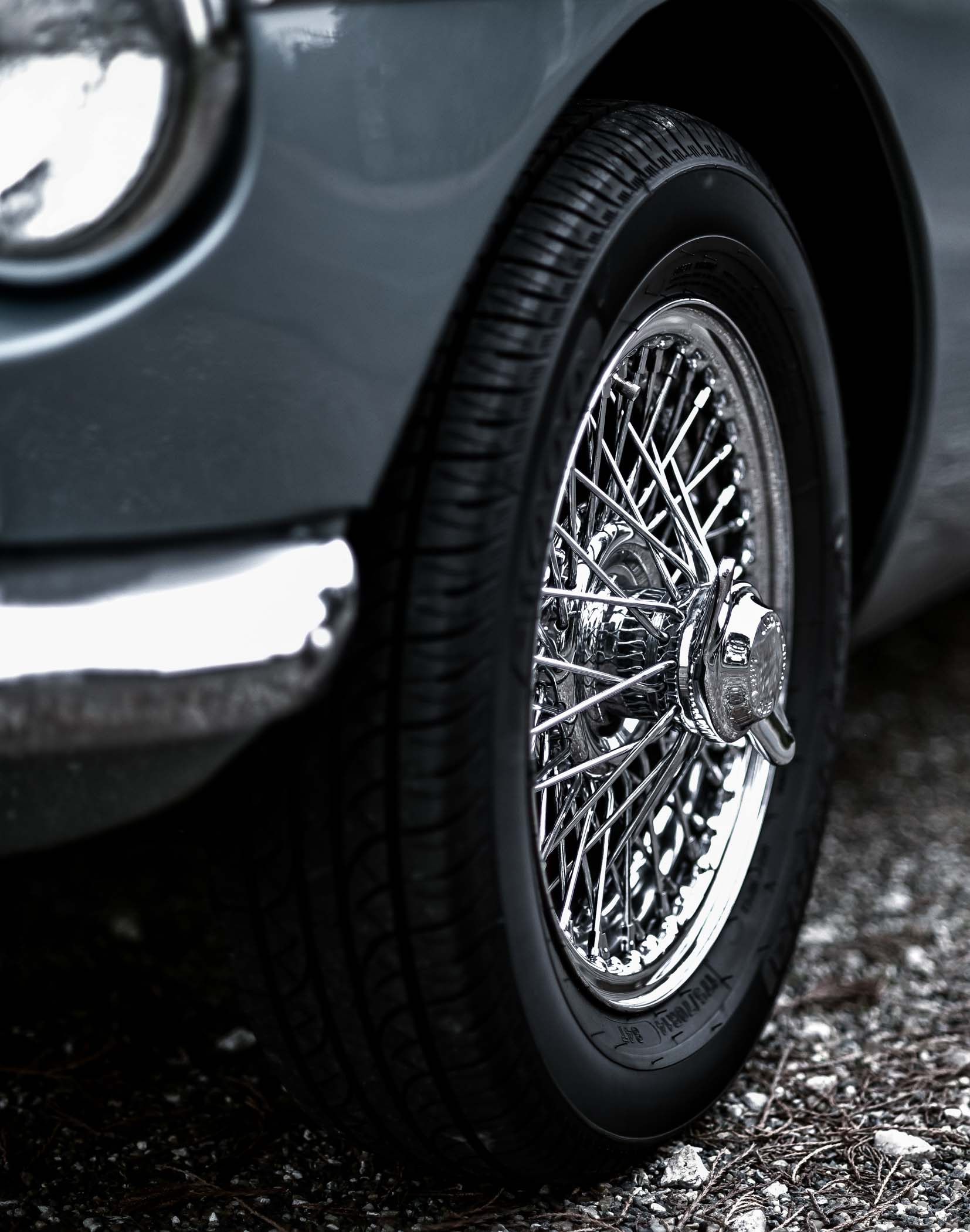

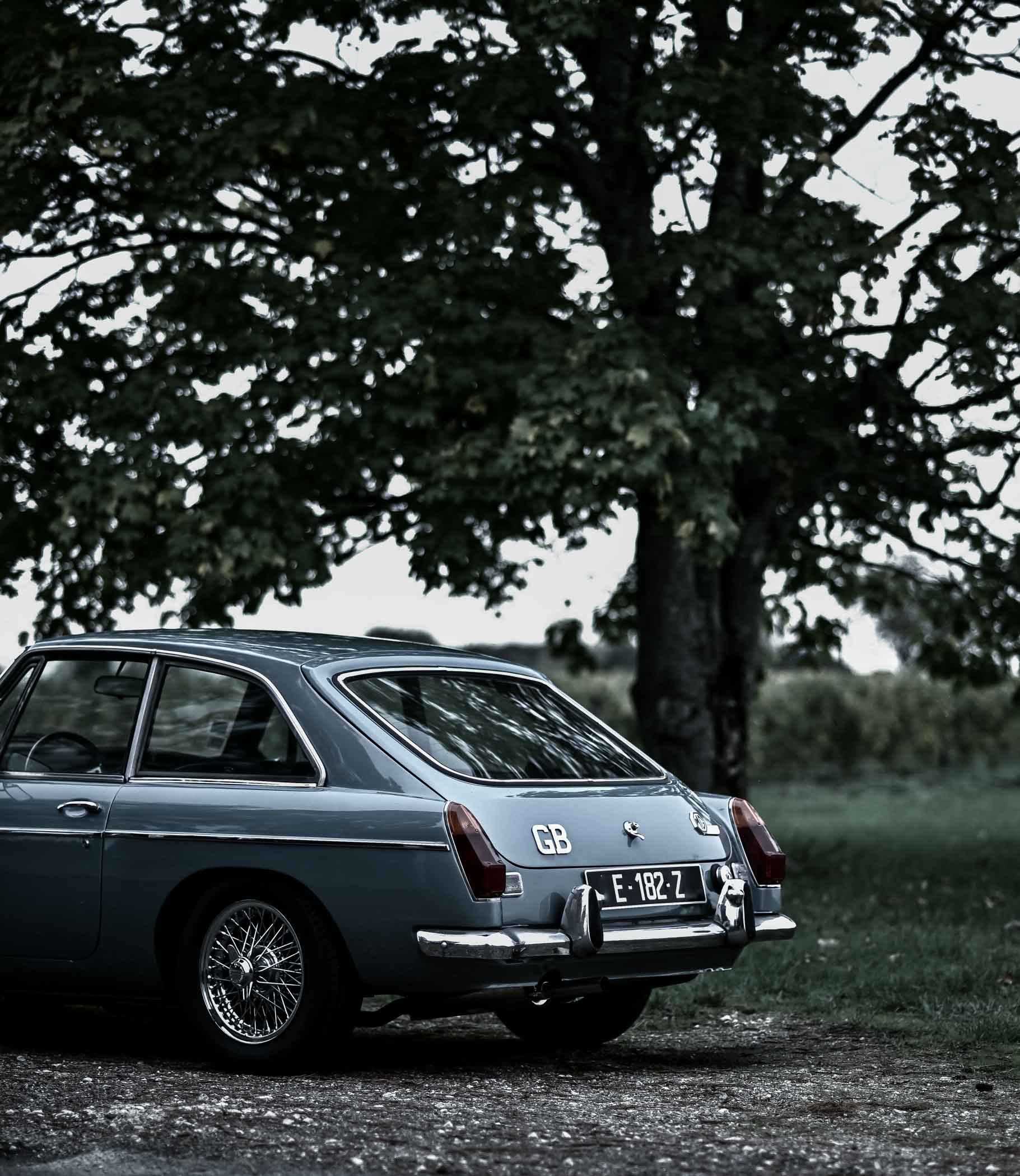
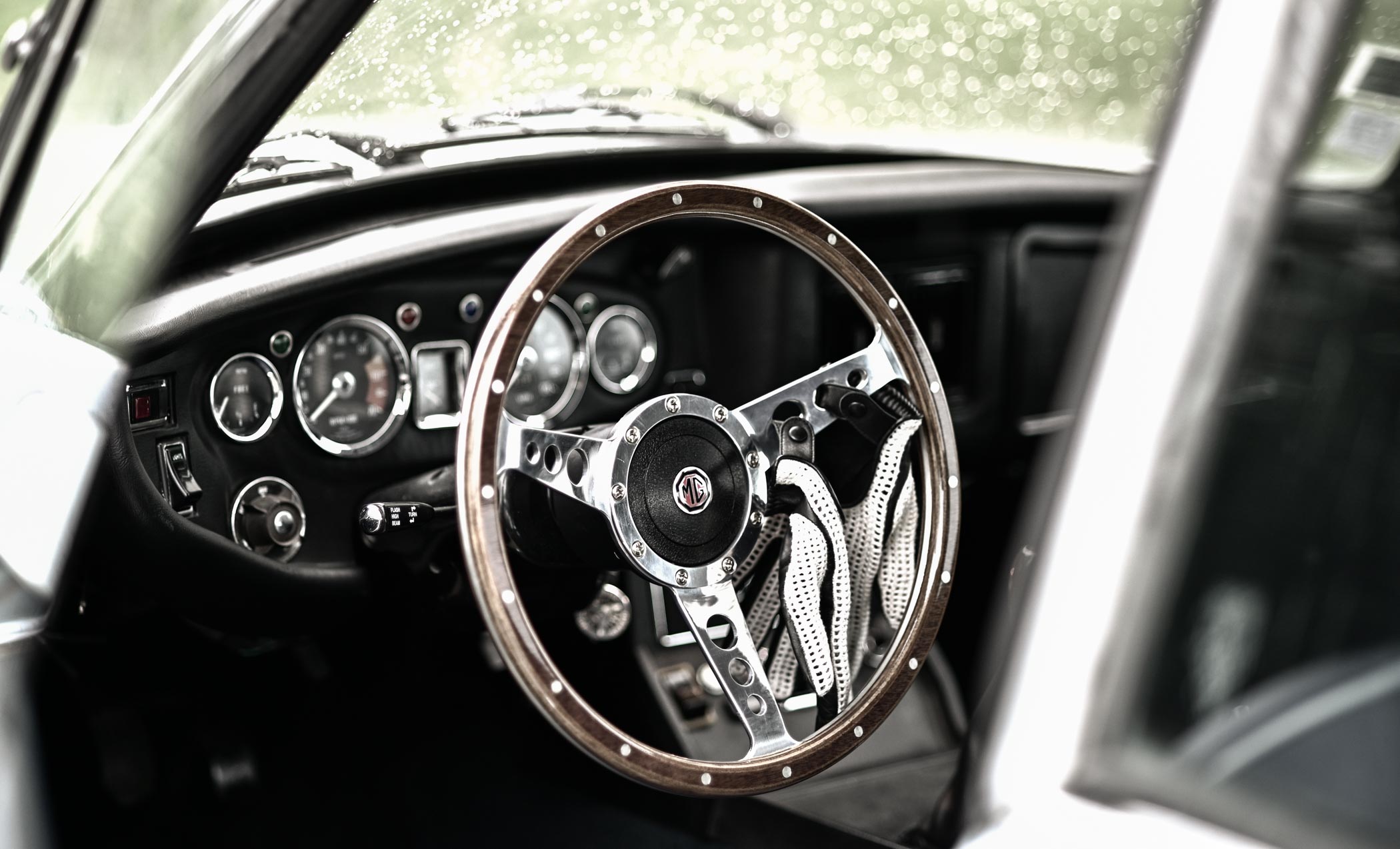
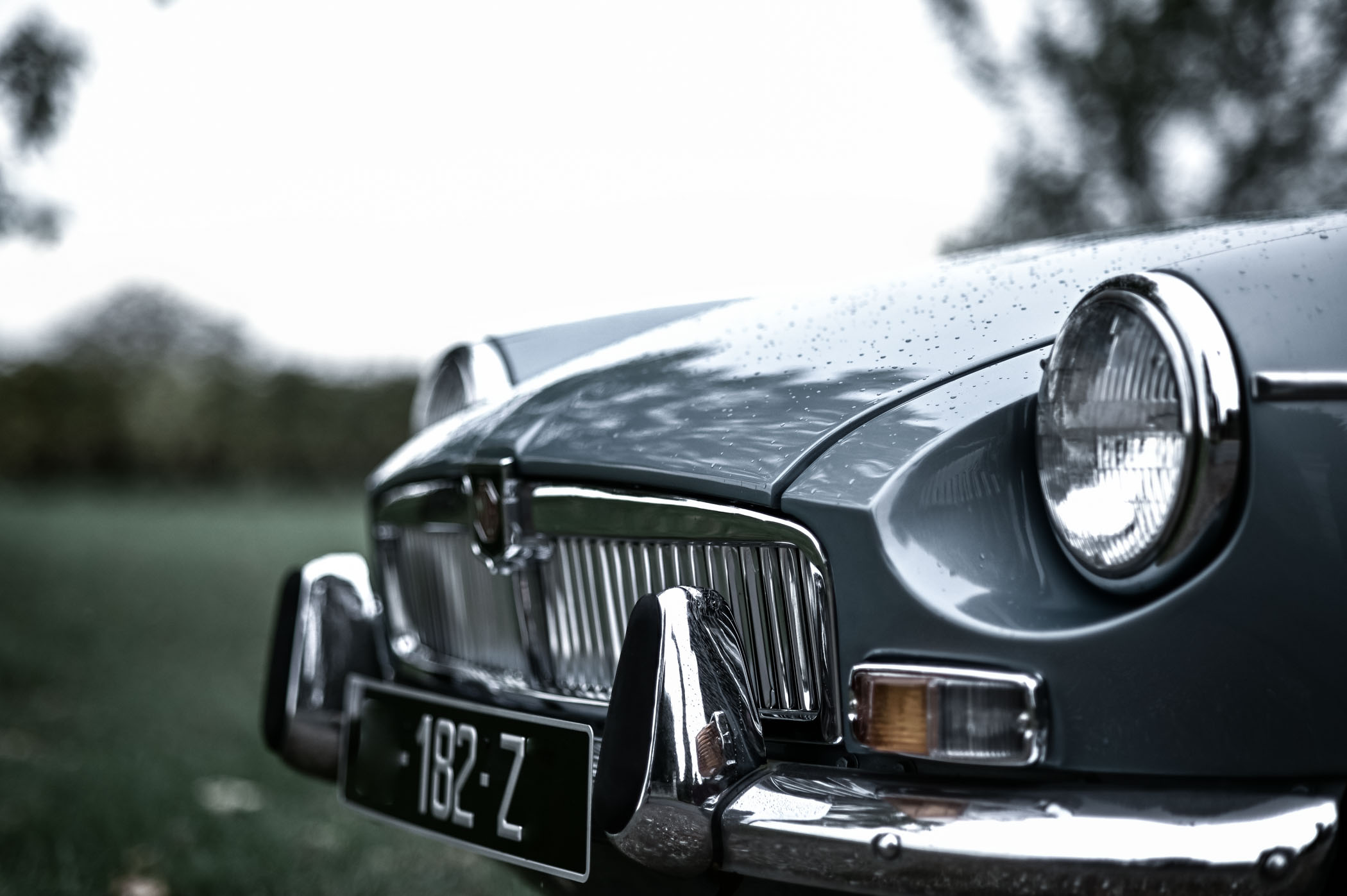

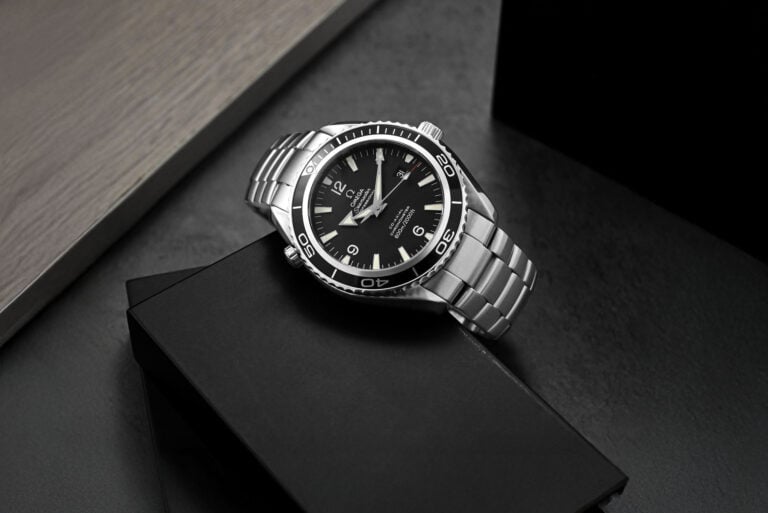
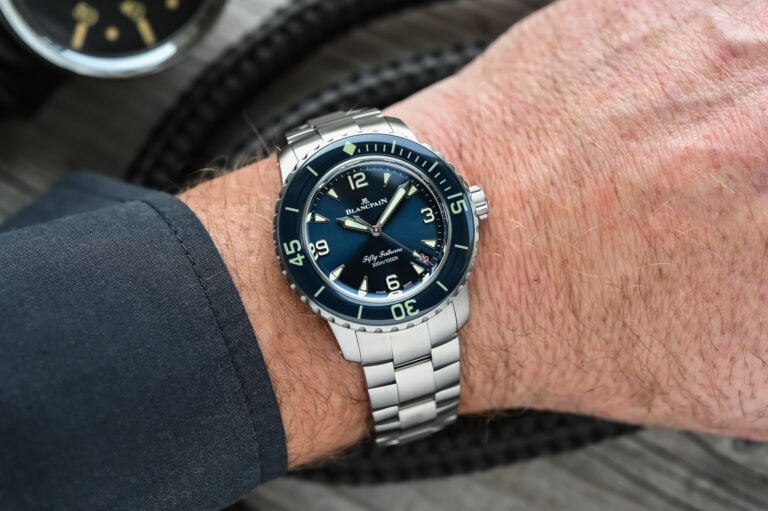
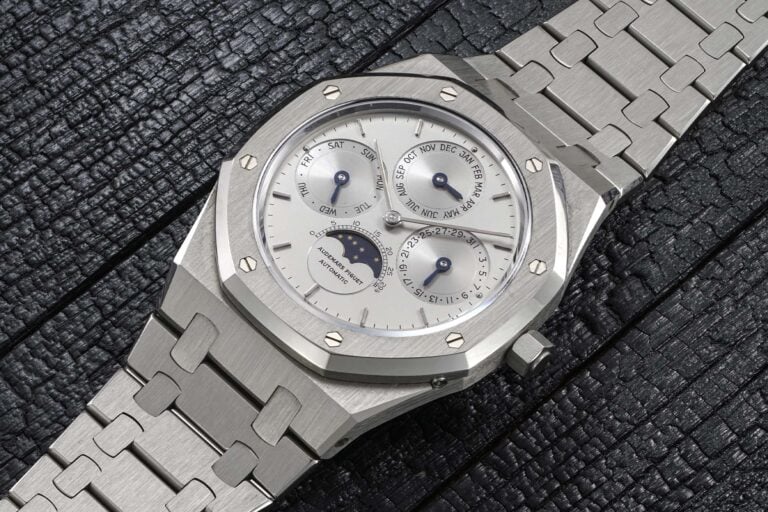
16 responses
Beautiful car Brice, you made the right choice.
Thanks Gil !!!
I had a ‘67 MGB-GT, and enjoyed it throughly. During That time, I learned almost every aspect of British Car repair. In addition, I rarely went Motoring alone, to insure that there was always an assistant to either push, or steer the car home….
I had a Triumph Spitfire GT6 coupe from those days. Just a barrel of fun.
Nice choice ! As a student I bought a 1969 TR6-PI. I had to go and find it in province as anything in and around Paris, even in semi derelict condition was too pricey, well over my means. That was my first car although I had learnt how to drive on my mother’s Renault 5. 30 years on, I still have my TR6 and I get a lot of pleasure driving it. It is loaded with youth memories as I used it purely for motoring, to go to night clubs as well as to go from A to B. Since then I have added some other pre-war toys as a Riley, a ERA-Riley Spécial a Waco Taperwing bi-plane and a Bugatti and yes, these are soothing my mind.
@Jean-Philippe – Great story! The TR6-PI is a great car too (needless to say I also considered it for a while…)
@Kenneth – the GT6 is just cool!
@Berger – haha yes they are known to be a bit temperamental from time to time. But also great fun!
I had to chuckle at this article. I know exactly how you feel. My father owned a vehicle repair shop for decades and still works in the trade. He would get any-and-all types of car to work on. We never knew what he was going to come home in. He kept a couple of Jags for a while and they always ran like oiled silk. I remember my awe as a 16 year old boy, sitting behind the wheel of a Jensen Interceptor. I begged my dad to let me start it, but he just laughed. New cars are….well they are technically astounding, with more computer power than existed in GCHQ in The Seventies and we now take absolute reliability as a Fundamental Human Right. But the charm of these older models has been lost. I remember on a cold morning, being instructed to “pump the choke 3 or 4 times, then pump the gas 3 or 4 times, so as not to flood it.” I remember spraying something into the air inlet of diesel engines when it was below zero. Quick Start was it? Worked like magic! I drove one car that has “lost its synchromesh” and got a crash-course on double-declutching while driving down the High Street! And the day when one of our engineers came into the office ashen-faced, with a steering wheel in his hand. It had just popped off while he was driving round a corner.
Ah, those were the days, when cars were cars, men were men and pedestrians were alert.
😉
@JAGOTW – that’s all about it… a soul, feelings, slight annoyances that are part of the fun (if you accept them)… somehow they are living objects with their own temperament!
Hermoso auto hermosa nota sigan así!!!!!
I had a couple of classic cars in my life and now it’s an MGB since 2013. Tons and tons of fun ! Certainly, you have to like to play in it once in a while but it’s all about feeling. And curiously young people do like this car not knowing by any means what it is ! Nice writing !
That’s a very nice story, Brice!
My dad was a bit like yours: a hard working doctor with 6 days of work but many passions. One of them cars – which is why my 1st long journey ever was passed as a 3 year old lying flat across the front seats on my both parents’ laps when going from Germany to Italy in a Peugeot 404 Cabriolet (another Pininfarina!), gazing at the stars above me. You can tell I am a 60ies child and you’ll understand why I‘ve also always been totally hooked on convertibles. After the 404 was sold, I spent my childhood and youth in the back of various 911 targas that my dad also rallied across Europe. A passion was instilled…
I’ve then had my own share of nice rides, old and new but all of them convertibles of course. But there was always this bug…. Something I always wanted and eventually found when moving to Spain: A 1971 MGB GT, teal blue, unrestored, 1st original paint, no rust! That was 2 years ago and a lot of the mechanics have been replaced to bring it up to reliable (as far as possible…) standard. I even used it as a daily driver for a while, clocking 10.000km in 1 year. Now it’s serving for mere pleasure drives and the cruising is priceless, as you say. And I think I’ll install those beautiful dark blue seats in your fotos!
So, thanks for triggering these memories and congratulations on that beautiful GT!
Brice…your GT is absolutely beautiful. I purchased a 1967 MGB GT to restore. The metallic blue is exactly what I want. You stated that you stole the color: “metallic light blue colour stolen from a 1960s Jaguar catalogue.” What is the exact color code?
@Charlie Loomis – the exact colour is JAG-7410S “Opalescent Silver Blue” used by the brand from 1963 to 1968 on early E-Types http://classicjaguar.com/cj/paintcodes.html
Thanks Brice!